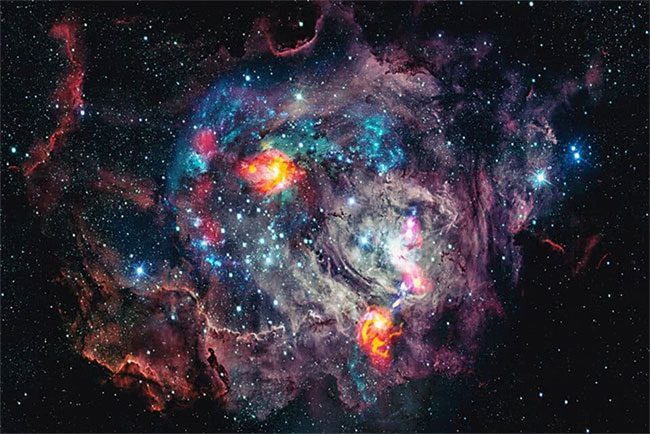A report from the University of Ottawa (Canada) provides compelling evidence that challenges the traditional model of the universe, suggesting that there may be no room for dark matter to exist out there.
The structure of the universe, according to current human understanding, includes three main components: ordinary matter, dark energy, and dark matter. However, the report published in the journal The Astrophysical Journal raises questions about the existence of dark matter.

How old is the universe really? (Photo: NASA).
Dark matter is a term used for a form of invisible matter that does not interact with light or electromagnetic fields, and can only be detected through gravitational effects.
Despite its invisible nature, dark matter is thought to be a fundamental factor in explaining the behaviors of galaxies, stars, and planets.
Professor of Physics Rajendra Gupta from the University of Ottawa combined two cosmological constants: the Variable Composite Constant (CCC) and the Tired Light Constant (TL) to conclude that galaxies could still evolve as they do today without the need for dark matter.
Specifically, the CCC+TL model refers to how the forces of nature gradually weaken over the age of the universe, and the concept that light loses energy when traveling over long distances.
This finding challenges long-held understandings of the universe, which state that about 27% of its mass is dark matter, while ordinary matter accounts for less than 5%, with the remainder being dark energy.
“Through our research efforts, the results confirm our previous work, that the universe is approximately 26.7 billion years old and that there is no existence of dark matter,” Professor Gupta explained. According to the current model, the age of the universe is estimated to be about 13.8 billion years.


















































